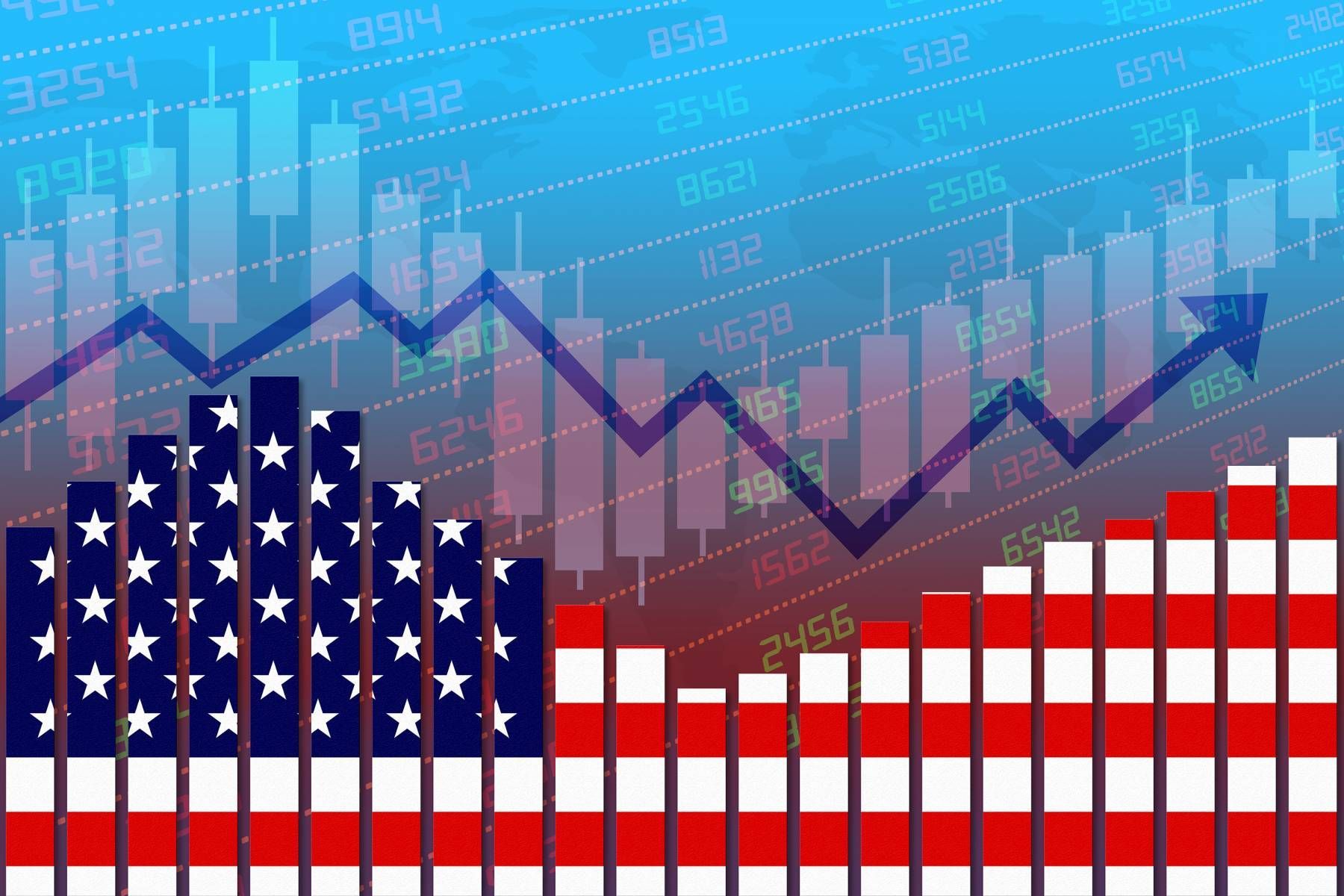The Case for Investing in the U.S. Economy: A Comparative Analysis

Introduction
When it comes to global investing, understanding the economic and financial strengths of different countries is essential. The United States, with its massive market capitalization and historical performance, stands out as an attractive investment destination. This article compares the U.S. economy with other major economies to illustrate why investing in the American economy can be advantageous. It also discusses potential returns from investing in U.S. stocks, European stocks, and Brazilian stocks.
Global Economic and Financial Overview
Here’s an overview of major economies and their market capitalizations:
- United States:
- GDP: $26.70 trillion (24.4% of global GDP)
- Market Capitalization: $44.3 trillion (44.3% of global market cap)
- China:
- GDP: $19.40 trillion (17.4% of global GDP)
- Market Capitalization: $11.4 trillion (11.4% of global market cap)
- Japan:
- GDP: $4.23 trillion (3.8% of global GDP)
- Market Capitalization: $5.7 trillion (5.7% of global market cap)
- United Kingdom:
- GDP: $3.17 trillion (2.9% of global GDP)
- Market Capitalization: $3.6 trillion (3.6% of global market cap)
- Germany:
- GDP: $4.12 trillion (3.7% of global GDP)
- Market Capitalization: $2.8 trillion (2.8% of global market cap)
- France:
- GDP: $3.00 trillion (2.7% of global GDP)
- Market Capitalization: $3.2 trillion (3.2% of global market cap)
- India:
- GDP: $3.73 trillion (3.4% of global GDP)
- Market Capitalization: $4.3 trillion (4.3% of global market cap)
Historical Performance of the U.S. Stock Market
The U.S. stock market has delivered impressive performance over the past 40 years, with an average annual return of about 10%. This success is due to:
- Economic Resilience: The U.S. economy recovers well from crises and recessions.
- Innovation: The U.S. is at the forefront of technology, especially in artificial intelligence (AI).
- Market Liquidity: The market is highly liquid, making trading and investing easier.
Comparison with Other Economies
Europe (France, Germany):
- European markets are large but generally have smaller market capitalizations compared to the U.S. and face slower economic growth.
United Kingdom:
- The UK has a strong financial sector but faces political and economic uncertainties, such as Brexit.
Japan:
- Japan is stable but faces economic and demographic challenges that limit its growth.
Australia:
- Australia has a smaller market focused on resources, with less diversification than the U.S.
Emerging Markets (Brazil, Russia, India, South Africa, Mexico):
- These markets offer high growth potential but come with greater volatility and risk.
Past Returns by Market
Here’s how a $100,000 investment grew in average over a 15 year period (based on average historical returns):
U.S. Technology Stocks (Nasdaq-100):
- Average Annual Return: 14%
- Value: ~$581,500
European Stocks:
- Average Annual Return: 7%
- Value: ~$275,900
Brazilian Stocks (Ibovespa, USD):
- Average Annual Return: 6%
- Value: ~$239,700
Specific Risks of Investing in China
Investing in China involves some risks:
- Regulatory Uncertainty: Frequent changes in regulations can affect the market.
- Geopolitical Tensions: Trade and political issues can impact returns.
- Transparency: Concerns about governance and financial transparency can be worrying.
Future Prospects and the Role of Technology
Looking forward, the U.S. economy’s dominance is likely to continue, driven by:
- Technological Advancements: The U.S. is at the forefront of AI development and other cutting-edge technologies. This technological edge promises to enhance productivity and economic growth.
- Innovation Ecosystem: The presence of top universities, research institutions, and a vibrant startup ecosystem continues to drive innovation and investment opportunities.
Investment Implications: Investing in the U.S. economy provides exposure to a highly diversified and innovative market. The historical performance, coupled with future technological advancements, suggests that U.S. investments are likely to deliver strong returns compared to other global markets.
Conclusion
While other countries may offer investment opportunities, the sheer scale, historical performance, and future potential of the U.S. economy make it a compelling destination for investors. The combination of a dominant market capitalization, a history of robust returns, and leadership in technological innovation underscores the importance of investing in the American economy for those seeking growth and stability in their investment portfolios. Investing in American stocks offers the potential for substantial returns and the chance to be part of the future of technology.
